Why You Should Be Moisturising
Let’s break this right down. What is moisturiser and what can it do?
A moisturiser offers extra support to the natural structure of men’s skin, improving hydration levels, comfort and health. Its main purpose is to deliver – and help the skin hold onto – moisture. When your skin lacks moisture, it can look dull, unhealthy and fatigued.
What are the signs you need to start?
You will probably feel the need to moisturise as much as you will see it. Dehydrated skin can feel tight and uncomfortable. Dryness on the face is often noticeable and flaky, so moisturiser is key. Dryness on the body is particularly common on the legs and shins as these are neglected areas when it comes to skincare and they are more exposed to the elements when playing sports or working out. The elbows are prone to dryness, the hands and sometimes the arms too.
How do you know which moisturiser to buy?
Many of the products on the market will have useful information on their packaging. If spots and acne are a problem, it’s best to avoid ingredients such as shea butter, squalene or cocoa butter. If dryness is a problem, these ingredients act as ultra hydrators – they lock in moisture – so they’re recommended. If you are working with oily skin, one of the worst things you can do is stop using a moisturiser altogether – your skin may still need hydration help even if it’s producing more oil. Try a lotion or cream that has a lighter texture and is oil free. And limit its use to once a day at most.
How do you find out your skin type?
The following basic info on two common skin types should help:
Dry skin
This is not the same as dehydrated skin (which any skin type can have) and is often caused by a lack of naturally occurring oils and sebum. Tell-tale signs include a feeling of tightness in the face. Redness will also be present. Run your finger across the skin and you may feel some roughness. The problem will be exacerbated during the cold winter months when sub-zero temperatures and warm central heating just suck away all the moisture.
Oily skin
You may see larger pores in the mirror with oily skin. And it will be visibly shinier than a ‘normal’ or dry skin type.
What if you have sensitive skin?
Choosing a product that moisturises sensitive skin can involve some trial and error. Avoid products that contain high volumes of synthetic ingredients or fragrance which dry the skin further. Choose simple, stripped-back products with more natural ingredients, such as aloe, sunflower seed or shea butter. Vitamin E (sometimes called tocopherol on the label) is also a super ingredient for conditioning the skin and generally a safe one for sensitivity.
Is there a difference between face moisturiser and body moisturiser?
Yes, but both are important. As a general rule, body moisturisers contain a higher proportion of rich, nourishing oils or plant-based ingredients such as shea butter. This is because they are more effective at moisturising the skin on the body, which has a stronger, thicker barrier. The skin on the face is thinner, which means in most cases it requires more attention and regular moisturising as the top layer releases more moisture.
What is the difference between ones for guys and ones for women?
There’s a lot of choice for guys now. There is a school of thought that believes there is no difference between men’s and women’s skin, but at James + Jake we think men deserve brands that develop products specifically for them. Men's skin tends to be around 25% thicker than women’s. We also shave more frequently, adding stress to the face.
What time of day should you moisturise?
I'd recommend to moisturise your face every morning before you go out and every evening before you go to sleep. By leaving moisturiser overnight, you aid the skin’s natural recovery process. If you need intense hydration, the best time to apply it is after a shower or when you’ve washed your face. The warm water and steam from a shower helps to open the pores. Pat the skin dry so it’s slightly damp to the touch, then apply your cream or lotion.
Is there a technique?
The common way is to take as much as you need from the jar or tube using your fingers and swipe it across some key areas on the face (forehead, cheeks and nose) before rubbing it in. Then gently massage in the cream or lotion, covering as much of the skin’s surface evenly as possible. Make sure you use fluid, upward motions that don’t drag the skin downwards.
Is there anything you should look for when buying a good one?
You want to see glycerin and/or hyaluronic acid – a bit of a buzz word in skincare right now, but that’s because it really works. Another group to watch for if hydration is your aim are ceramides. These support the lipids in the top layer of your skin and are great for any moisturiser. When it comes to skin conditioning, health benefits and antioxidant infusions, ingredients such as camellia oil or fruit oils like pomegranate are effective for vibrancy, repairing and overall skin health.
Do you always have to spend big?
No. A good rule of thumb for men is to think of your skincare supply the same way you think of your wardrobe: you’ll need some high-quality investment items you use when the occasion requires; and some trusty, easy-to-use essentials. Build a routine that works for you but, if you buy nothing else, we recommend a quality cleanser and a quality moisturiser.
Should you change your moisturiser for winter?
Yes. As well as going from hot to cold in an instant during winter, our bodies also sweat less in the cooler seasons, which proves challenging for our skin’s moisture levels, so you need a richer, heavier more hydrating cream than you might in summer months. Look for deeply nourishing ingredients like shea or coconut butter, and oils such as almond oil which can be both hydrating and soothing.
If you get dry skin from exercising, are there any remedies?
There are two types of chafing to be concerned about when you’re running or cycling. They are skin-on-skin friction and skin-on-fabric. Both can cause discomfort and pain, and can lead to either dryness or moisture depending on what you are more prone to. The answer is prevention rather than cure. Use layers of clothing such as base layers and a soft cotton or some form of sweat-wicking activewear. If you know that skin-on-skin contact is inevitable, use a chafing cream. Eight Hour Protectant by Elizabeth Arden is a versatile classic.
What is eye moisturiser and do guys need it?
An eye cream or moisturiser has been developed specifically for the skin below your eyes. It’s thinner and more fragile around this area, so products tend to be lighter. It’s important to say that lifestyle plays a big role in the look of your eye area, particularly when talking about bags under the eyes. For example, puffiness can be a result of dehydration (internally as opposed to topically). There is no substitute for good diet, exercise and sleep habits.
James Recommends…
For FACE
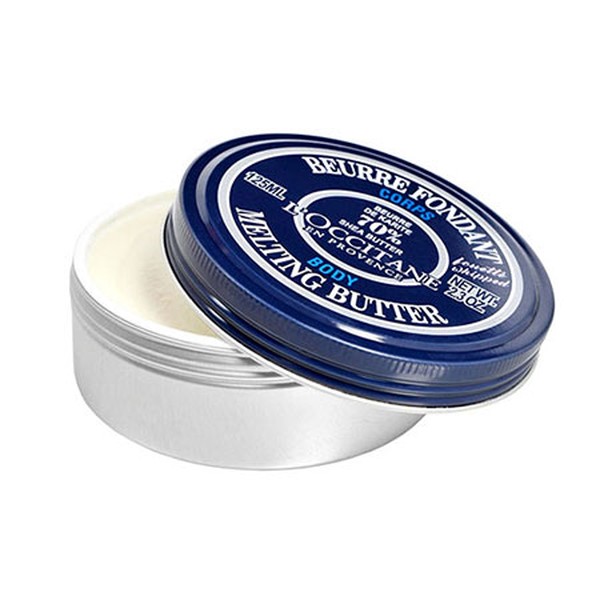
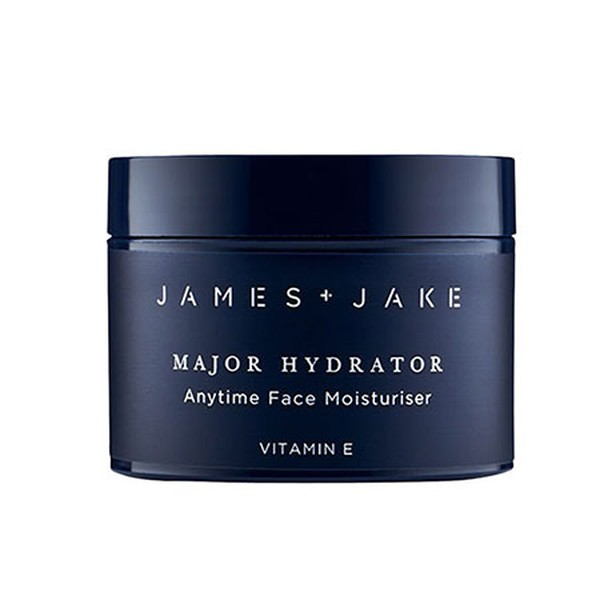
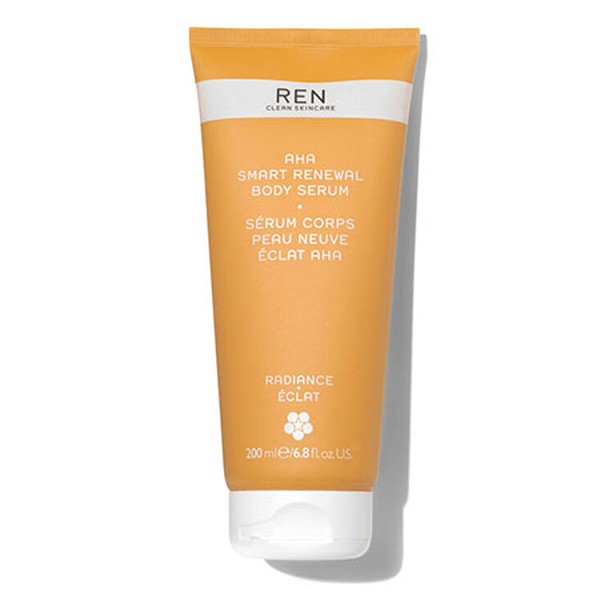
For eyes
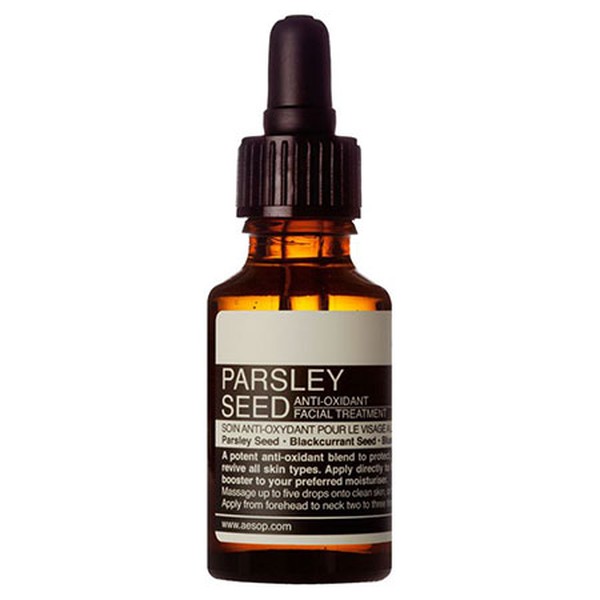
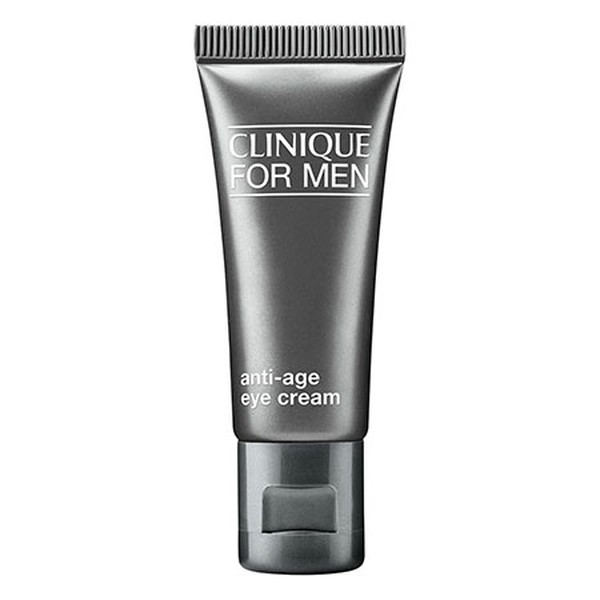
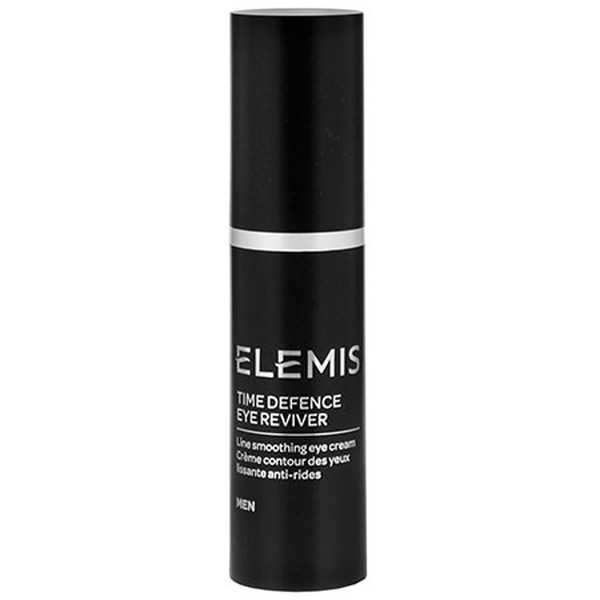
For Lips
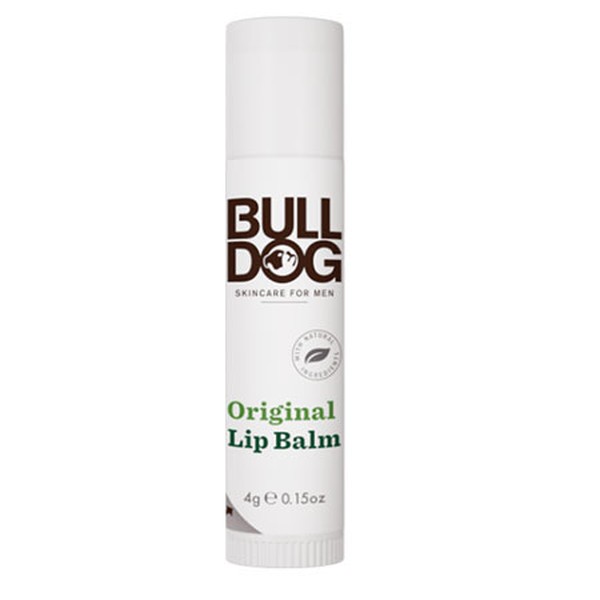
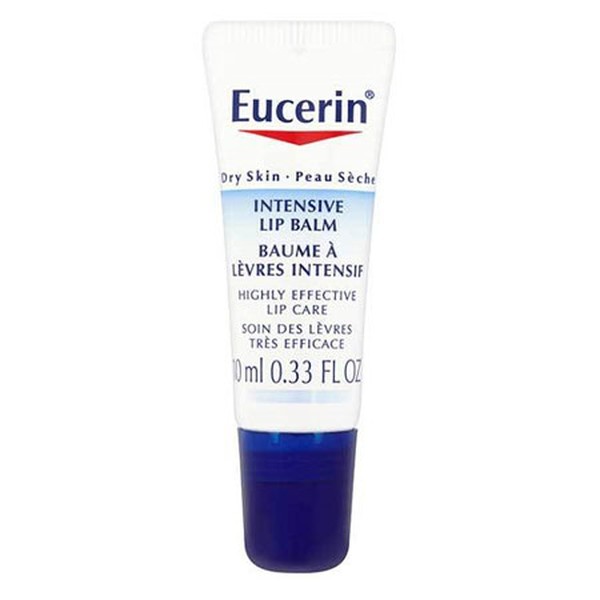
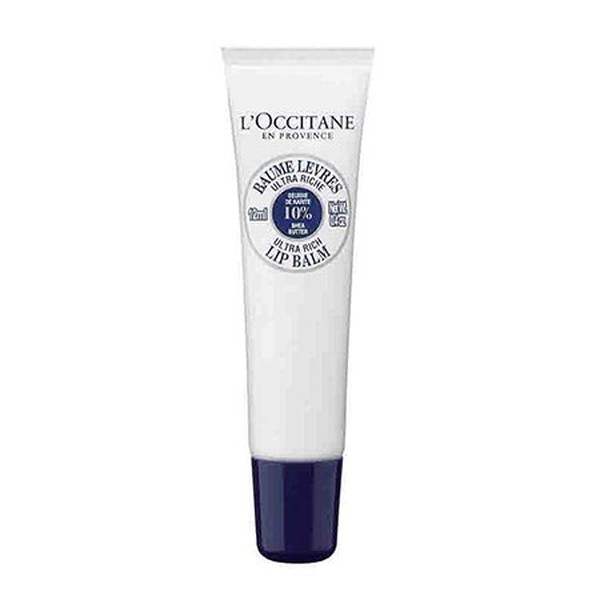
For Body
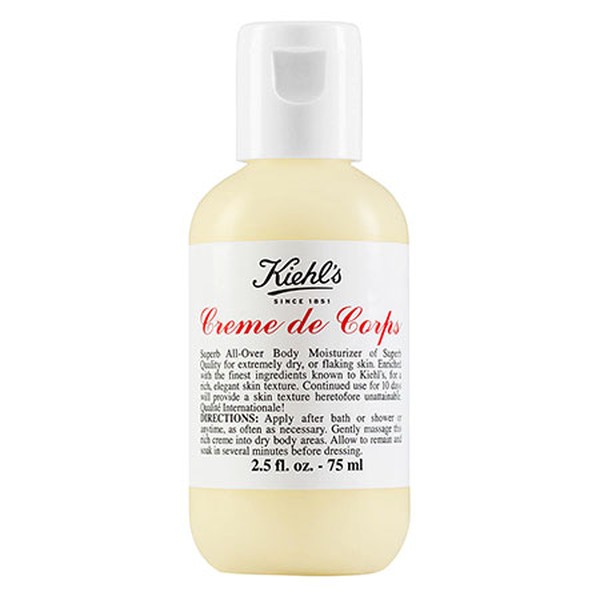
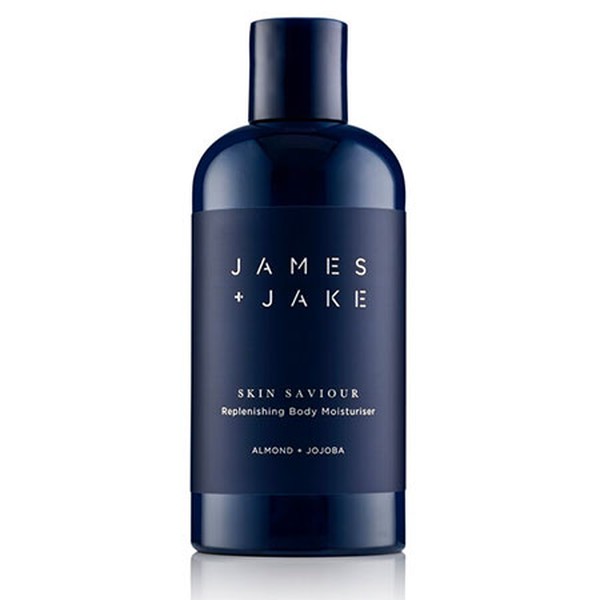
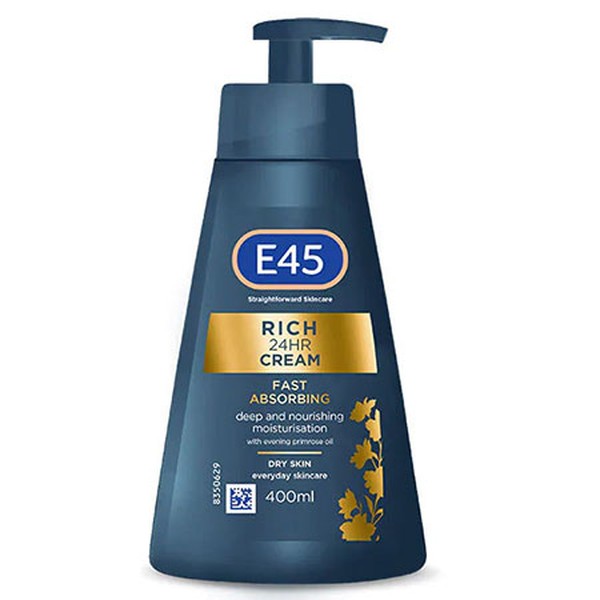
For chafing


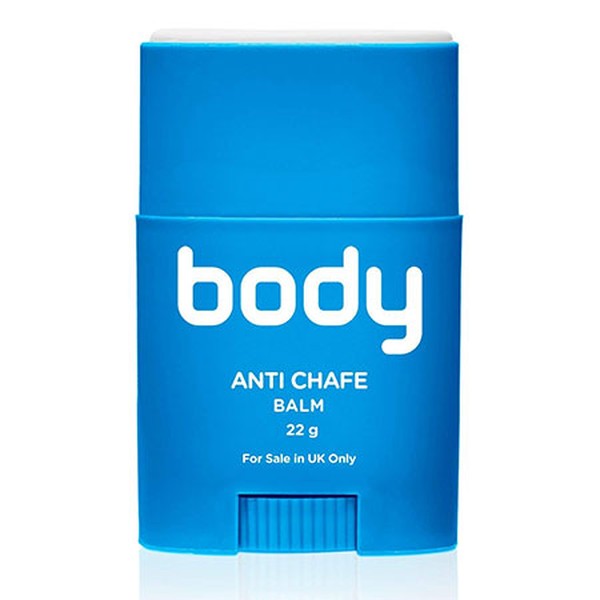
DISCLAIMER: We endeavour to always credit the correct original source of every image we use. If you think a credit may be incorrect, please contact us at [email protected].


